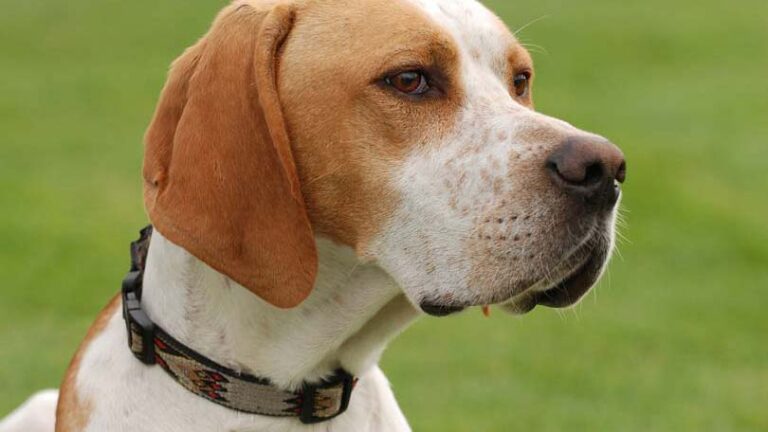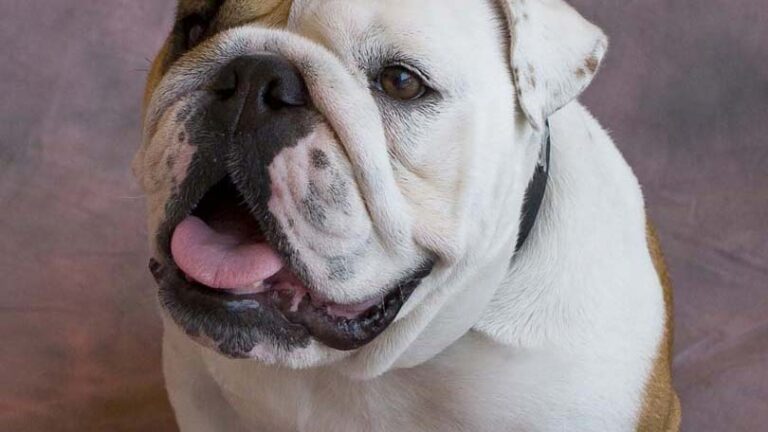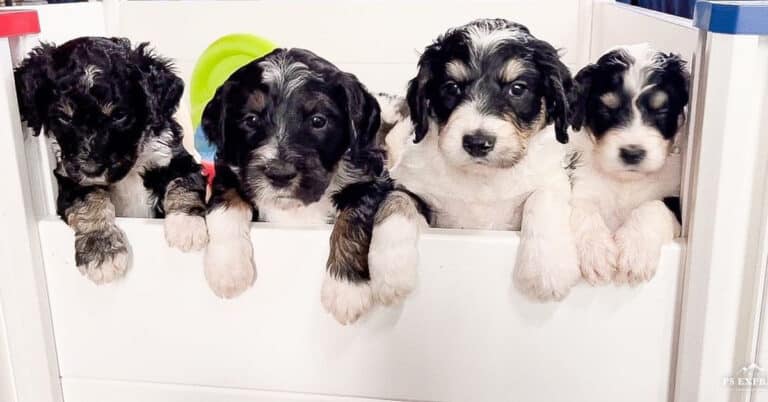Gestation Period for Dogs
After you breed your dog you will probably be surprised by the fact that nothing seems to happen. No matter how eager you are to find out if your dog is pregnant, there’s nothing you can do to find out for at least three weeks.
In fact, after breeding your dog it takes several days for the fertilized eggs to implant themselves along the uterine wall. When this happens, about the third week after breeding, your bitch experiences a few hormonal changes which can affect her appetite. This is often the first sign of pregnancy. She may not feel like eating for a couple of days. Bitches can be prone to losing their embryos at this time so if your bitch was pregnant she can lose a litter at this point and you won’t ever know it.
A normal pregnancy lasts 63 days but that time is calculated from the point of ovulation. Breeders don’t always know the exact time of ovulation so there is sometimes some guesswork involved in figuring out when puppies are due. Most breeders calculate 63 days from the time of the first mating and allow for the puppies to come to a couple of days early or late.
There are several ways to confirm that your bitch is pregnant. Between days 28 and 35 you can take your bitch to the vet for an ultrasound. A skilled vet can usually find the embryos and give you some kind of estimate although the number can be far off. It’s possible that a vet can miss a pregnancy with an ultrasound. It’s also possible to ultrasound embryos and for the bitch to resorb them later on with no litter produced. When this occurs it’s usually because the embryos weren’t viable or the bitch’s body wasn’t capable of carrying them to term.
Your vet can also use a canine pregnancy test that measures the Relaxin hormone in your bitch’s body. This can be done between week three and four after breeding. These tests are generally thought to be reliable but they don’t give any information about how many puppies might be present.
The tried and true method of determining pregnancy is palpating the bitch’s abdomen between 28 and 35 days to feel for the puppies. At this stage they will be the size of walnuts. The bitch should be lying on her back. If you know what you’re doing you can gently feel along your bitch’s abdomen and feel the puppies. Don’t press too hard. You are feeling the puppies in your bitch’s uterine horns. If you’re good at this you can even get a count of the puppies.
After day 35 you won’t be able to feel the puppies for a while because of their positioning and the changes in the bitch’s body. They don’t show up on an ultrasound very well after this time either.
Most people can’t detect any physical changes in the bitch’s body for the first month or six weeks. After about five or six weeks you can start to see changes in your bitch’s nipples and mammary glands. They will begin to get larger and darker in preparation for feeding the puppies.
In behavior your bitch will mostly continue to act the same. She may become quieter. Some bitches become more affectionate.
After six weeks you will begin to notice changes in your bitch. Her abdomen will start to get larger as the puppies get bigger. You’ll need to feed your bitch more but she will need smaller meals since the puppies will be taking up more room and she won’t be able to eat as much at one time. Your bitch will also need to urinate more often.
By week eight your dog’s breasts, which are getting larger, will begin to excrete a white, transparent liquid.
In most cases you won’t need to add any supplements to your bitch’s diet prior to the puppies being born as long as you’re feeding her a good quality food. By the sixth week you will need to start feeding your bitch more since the puppies will be getting bigger. They will deplete your bitch’s own body if they don’t get the nutrients they need from the food you feed her so make sure you’re feeding her a good quality food.
By week seven your bitch will probably be looking for a whelping area and trying out places to make a nest. You should keep an eye on her when she’s outdoors since instinct often takes over and many bitches will dig holes under bushes or under porches to try to make their own whelping dens. That’s not the ideal place to have puppies.
You’ll need to either buy a whelping box or make one yourself for your bitch. A large, sturdy cardboard box can be used but it probably won’t survive very long. Some people use the bottom half of a pet carrier if it’s large enough. Whelping boxes purchased from pet supply stores are an excellent choice but they can be very expensive. You may wish to check online for used ones for sale. Whatever you use for the whelping area should be clean and you need to put down papers underneath with blankets on top. At this point it doesn’t matter what you do because the bitch will get in it and rearrange everything. Go ahead and let her since it will make her feel better.
Make sure you have all of your other whelping equipment ready by at least a week before your bitch’s due date. You should have a digital thermometer to take your bitch’s temperature, a small digital scale (the kitchen kind is good), extra towels and blankets, a bulb for pulling mucous from a newborn pup’s nose and mouth, scissors to cut the umbilical cord, iodine for the cord and a good book on whelping. Make sure you have your vet’s phone number handy and the numbers of some experienced breeders you can call for help.
If all goes well your bitch should have her litter about 63 days after mating. The entire gestation period is full of excitement and guessing, waiting and worrying. Is she pregnant? How many puppies does she have? Is everything going to be okay? Most of the time everything is just fine. Stay with your bitch and see her through the whelping. Be there with her each step of the way and you should deliver those beautiful, much-loved puppies just fine.

Having discovered a fondness for insects while pursuing her degree in Biology, Randi Jones was quite bugged to know that people usually dismissed these little creatures as “creepy-crawlies”.







